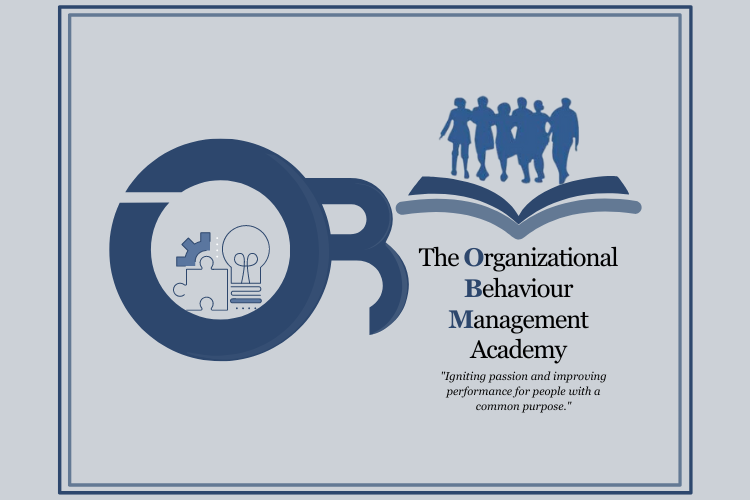Health and wellness programs in the workplace are gaining popularity as organizations realize the wide-ranging benefits they offer. Incorporating a Performance Management component enhances these initiatives and aligns individual health goals with organizational performance objectives, fostering a mutually beneficial relationship.
It's important to remember that promoting healthier lives benefits the employee's physical health, reduces the risk of chronic illness, and improves employees' mental health and well-being. These positive outcomes can significantly support the organization, as healthier employees can increase productivity and overall organizational success. Employees in good health tend to be more productive, focused, and efficient at work. Wellness programs are crucial in reducing absenteeism and presenteeism, which can result in substantial cost savings for the organization. Additionally, these programs have the potential to save a significant amount of money on healthcare costs by preventing chronic diseases and health issues. Moreover, wellness programs create a positive work environment, making employees feel more connected, satisfied, and loyal. It's truly remarkable to see an employer investing in the well-being of their employees, and well-designed wellness programs can make a meaningful impact on job satisfaction.
How do we integrate Performance Management and measurement tools to promote Health and Wellness at Work?
First off, it's important to make sure our goals are on the same page. By bringing together wellness programs and performance management, we can link individual health goals with the broader objectives of our organization. This connection will ensure that improvements in employees' health contribute to the company's performance metrics. Once the goals are clear and aligned, we need to set up a feedback system. Performance Management systems are crucial here, as they can include regular health assessments and feedback mechanisms. This will help organizations keep track of the progress of their wellness initiatives and make data-driven decisions to improve the effectiveness of the programs.
To ensure sustained positive behaviours, performance, and outcomes, it is essential to utilize Performance Management frameworks to incentivize employee participation in wellness programs. Recognizing and rewarding the achievement of health milestones will serve as a powerful motivator for employees to actively engage in these initiatives, ultimately leading to improvements in their health, motivation, and overall performance.
Integrating the Performance Management System with wellness programs will undoubtedly provide employees with comprehensive support, including physical health initiatives, financial wellness resources, mental health support, and strategies for achieving work-life balance. However, leveraging these benefits and effectively addressing the challenges of such initiatives requires careful planning, regular monitoring, and a holistic approach. This approach is a powerful strategy to enhance employee well-being and organizational performance. By promoting healthier lifestyles, reducing healthcare costs, and improving job satisfaction, these programs create a win-win scenario for both employees and employers.
Integrating the Performance Management System with wellness programs will undoubtedly provide employees with comprehensive support, including physical health initiatives, financial wellness resources, mental health support, and strategies for achieving work-life balance. However, leveraging these benefits and effectively addressing the challenges of such initiatives requires careful planning, regular monitoring, and a holistic approach. This approach is a powerful strategy to enhance employee well-being and organizational performance. By promoting healthier lifestyles, reducing healthcare costs, and improving job satisfaction, these programs create a win-win scenario for both employees and employers.
